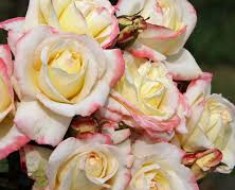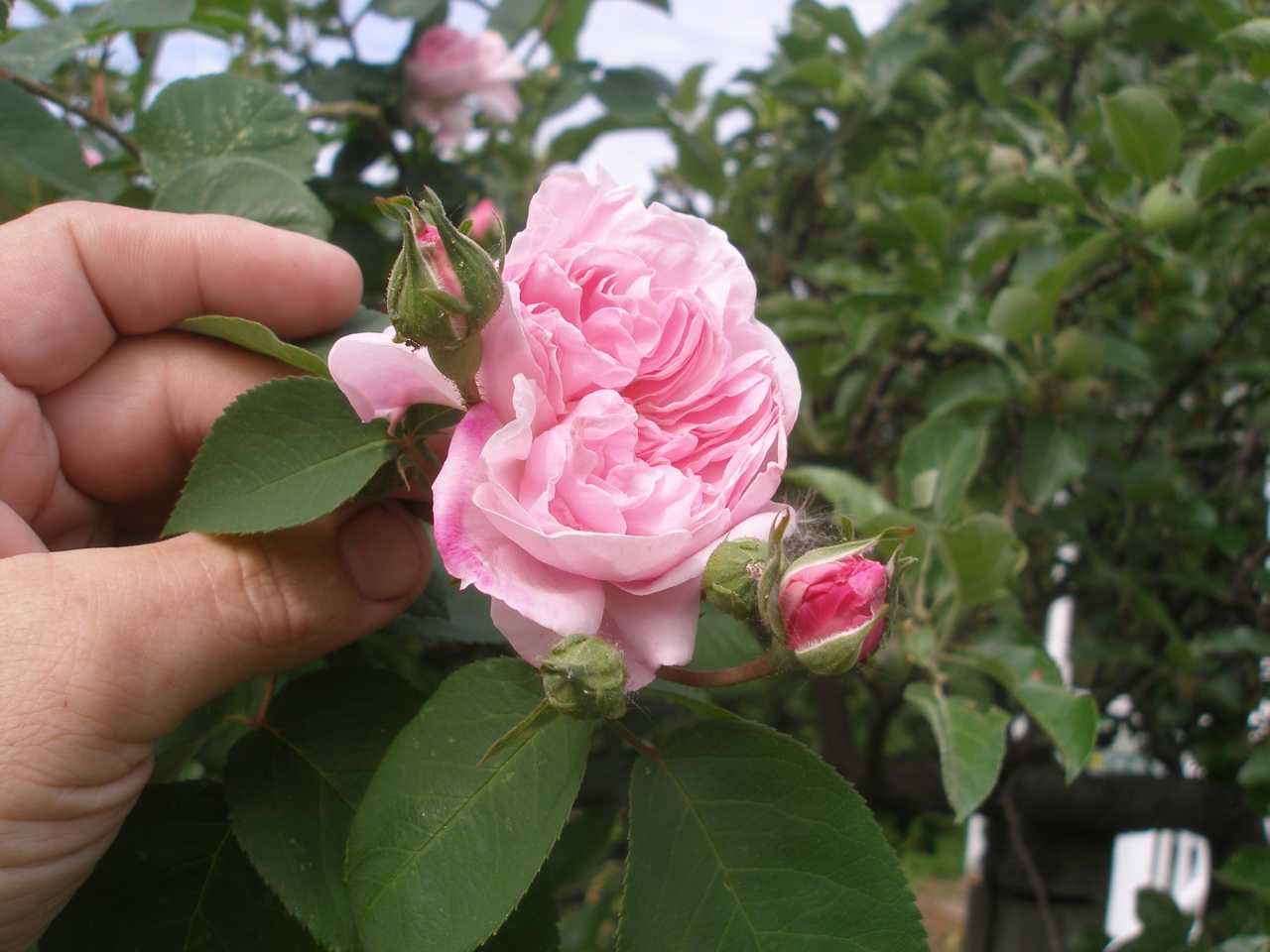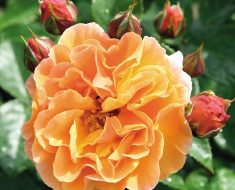Of all the known groups and types of roses that are grown by gardeners, the most popular hybrid tea and floribunda roses. However, the most planted varieties of tea hybrid roses. All the flowers that Mother Nature creates as shrubs or stamb trees are a separate work of art. Just a hybrid tea rose is a classic plant of this species. Imagine that you see an elongated bud with a sharp tip. It dissolves before your eyes. Slowly open many velvety or satin petals with neat curved edges, which are folded in the center into a high cone. Flower color is so diverse that it is almost impossible to count. Although, if you set a goal, it is quite realistic, but time consuming. The aroma of a rose can strike with the saturation, and can be absent at all. If you want to create the most aristocratic garden in the world, then you can not do without these beauties. I think it’s impossible not to love this beauty. They are grown and the exhibition and cut. Among them are the most champions with many awards, and they are most often sold for bouquets.
But it was not always so. Just over a hundred years ago, hybrid tea roses did not exist. La France is the ancestor of modern hybrid tea roses. It appeared due to the occasional cross-pollination of tea rose and wild remontant rose. Every rose gardener or rose breeder who knows a lot about these plants knows that was happened in 1867. At that time, this phenomenon did not cause any emotions. It has been 20 years since then and in the catalogs they began to offer the first varieties of hybrid tea roses. Little by little this group of roses began to gain popularity. In 1900, the first yellow variety of these beauties appeared – Soleil d´Or. And then it went on stream. More and more new varieties appeared, and now there are thousands and thousands of different varieties of hybrid tea roses growing in gardens.
In principle, you may have the opinion that there are no more beautiful roses than varieties of tea hybrid roses. But the truth is that among them there are those whose type of bush wants the best. Or the flower after a rain loses completely the decorative effect. There are varieties that bloom very little – they are usually grown for exhibitions. But if you are in love with them, then all these characteristics do not matter to you and are still satisfied with the result. So, go ahead to the new variety. And call it your name!







